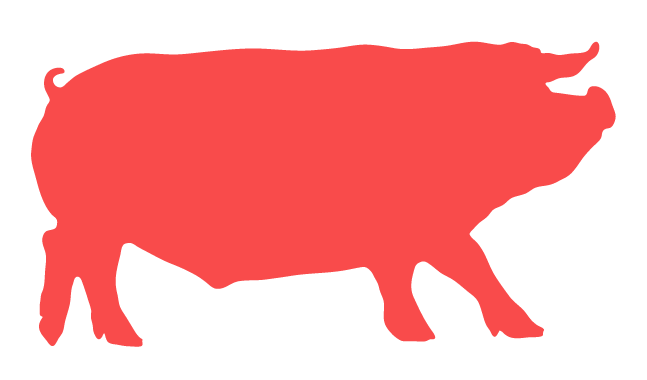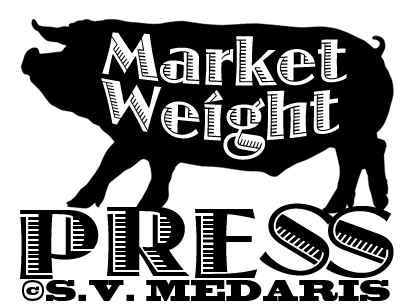
I’ve been getting some questions about how to finish fiberglass animal–varnishing, etc. So, here’s what I’ve found out. -Sue
QUESTION:
How do I “finish” my fiberglass animal?
ANSWER:
I finished my tiger from instructions I received from the CowParade event, plus further information from Golden Acrylics. They have a GREAT website, and their phone support is amazing. They’re used to questions from artists about painting/finishing fiberglass animals.
IDEALLY, yes, you should take it to a body shop to get a coating put on it, after you do the barrier coats (I believe it’s called Clear Coat? Check Golden’s website, I think it’s all in there). Golden recommends this too–to go to the body shop–they will coat it with this stuff and then harden it, etc. just like a car finish. Very durable. The artist who did the UW Band cows for CowParade did this (she had friends at a body shop I think), and her cows were very tough, professionally coated. This is the IDEAL way to finish your fiberglass sculpture.
CowParade’s instructions involved using Golden acrylics for painting:
- very hi-quality acrylic which doesn’t fade, etc, then barrier coat, plus several coats of a special order Golden varnish–it’s special order–they don’t carry it in catalogue, and it’s difficult to find at website too, but it’s there….
I didn’t have the money/means to do the auto body finish (for CowParade, nor my own 2 sculptures out here on farm–which just spent their first winter outside and did fine–nor for Zoo tiger). …I followed all of Golden’s instructions with the barrier coats and then multiple layers of their outdoor, UV-reflective gloss varnish (with MUCH drying time in-between and afterwards–very important before handling/shipping). Like I said, my lifesize cow and pig just finished the winter outside on the farm (extreme winds and weather), and seem fine:
I will probably bring them in, clean them and re-varnish for the spring-fall outside, then hopefully have room to bring them inside next winter.
Hard MSA Varnish info
(pdfs with much information at that page too)
Start at Golden’s website, then go from there. Like I said, their phone service is great, and they have specialists in all different areas, including paint/finishing for outdoor sculptures. They’re experts there–it’s what they do–and their advice is better than anybody’s I’ve found so far.
-Sue
ps–I’m sure you know this, but never use “permanent” Sharpie pens for any touchups or details, etc. It’s absolutely not permanent–fades quickly in sun. I used it for some tiny details on my own farm cow here, and had to re-paint with Golden acrylics.
QUESTION:
Thank you so much for your reply! I am still a bit confused. I have never painted an outdoor structure before and I want to make sure that I have the right things! So I purchased the Lascaux UV product that they recommended. That goes on first? And then I am supposed to use the Golden UV product? What is a barrier coat? I am sorry if this all sounds silly but I am super confused!
ANSWERS:
I used only Golden products with all of my sculptures, but here’s the order:
- -Paint your sculpture (I used only Golden acrylics)
- -Coat entire sculpture with an isolation coat (sorry, I used the word “barrier”–should be “isolation”). On the actual jar of Golden’s Soft Gel Gloss, it says how to make this isolation coat–I think it’s “2:1” gel to water, but please see jar–this could be wrong. Golden’s info page on this: http://www.goldenpaints.com/technicaldata/varnapp1.php
- -let dry per instructions. Also at: http://www.goldenpaints.com/technicaldata/varnapp1.php
- -Coat with thinned UV protective varnish (I used Golden’s special order MSA Hard UV varnish, gloss). I followed instructions for thinning from Golden’s website–all instructions are there. Used specific thinner they recommended. More at: http://www.goldenpaints.com/healthsafety/msds/index.php (download pdfs from here)
- -Let dry recommended time, recoat, let dry recommended time, recoat. See above
- -The final drying time is crucial too–if you move it too soon, the surface will show the marks–has to dry a very long time–see instructions. More drying time instructions for isol. coat and varnishes also at: http://www.goldenpaints.com/technicaldata/varnapp1.php and http://www.goldenpaints.com/healthsafety/msds/index.php
I’m sure there’s more at Golden website, but I’ve no time to search–they have a great site. Search button at their site too.
Sorry I can’t help more–many deadlines… There’s lots online–Golden tells you what isolation coats, etc. are at their site at first link above. Hope this helps.
-Sue





Hi Dawn,
That’s a toughie–making something more opaque. Typically, I’d just start with a more opaque paint–there is usually a range of transparency/opacity with many colors–often on the label. What color are you using? Typically if the color says “hue” in it, it’ll be a more transparent color. Also the pthalos and quinas are typically more transparent. Cad red and yellow are typically very opaque. If you go to Golden’s color chart: http://www.goldenpaints.com/products/color/fluid/fldcht2.php you can see their ratings for THEIR paints (ie–might not be the same for your brand if you’re using something else). Series number (lightfastness) is the first number and 1 is best. Try also to go with ones that have “Permanency: Exc.” if this is an outdoor animal so that the color doesn’t fade as much. Finally, “Opacity/Transparency” numbers are as follows: the higher the number, the more transparent. So, start with more opaque colors, that’s one solution. If you’ve got a color you have to use, try adding an opaque color to it–ie-titanium white to a transparent yellow to make the yellow more opaque. Or other opaque color to what you have and make a mix. Also, the heavy body acrylics seem to be more opaque than the fluid acrylics…I use both for different reasons. Does this help? -Sue
Hi Sue, hope you don’t mind answering one more question about painting fiberglass animals. I am working on a turtle for the zoobilee. I am not used to working with acrylics but I expected these to have more opaque qualities. Do I need to add something to make the paint more opaque? I tried painting a lighter color over a dark color and the dark color shows through, do I have to do multiple layers or add white? Any suggestions would be appreciated. Thanks much.